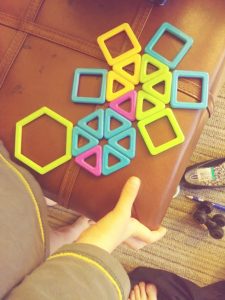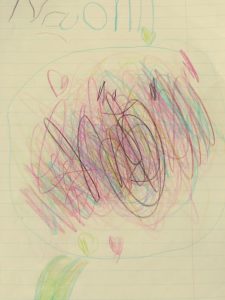For this unit our class made a collaborative quilt. So the people in my group got to do this twice 🙂
The garden – sustainability and connectedness.
- After reviewing some of the texts in class, and online links about quilting, sketch a few designs of the piece you would like to complete to contribute to this group quilt.
Here’s mine. It is based on one of Naomi’s drawings.
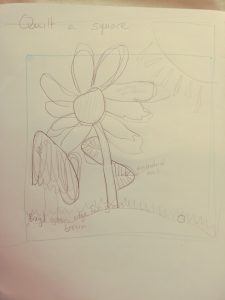
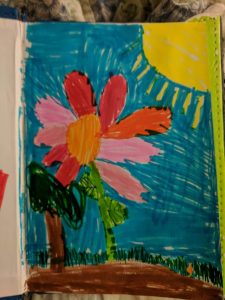
2. Use your creative design to layout your block – cut your fabric into pieces and begin to lay your collage of fabric onto the principle backing. stitch them onto the background using a variety of stitches you have learned. – running stitch, straight stitch,
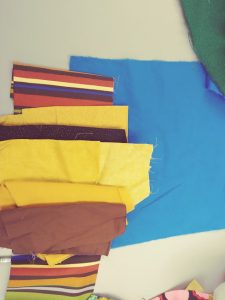

This is what I picked out for the ground. I was inspired by watching Kathleen Baer’s course on Curious Mondo. It’s called From Traditional Quilting to Contemporary Art Quilting There was a free live tutorial and I actually managed to watch most of it.
Naomi told me I had to do it over. She wanted it to look more like her picture.
3. Draw out your desired pattern onto your fabric pieces. Cut and iron each one and then pin and stitch into place.
 I didn’t actually do it this way. I freely cut most of my pieces leaning to the big side and then trimmed them down. I started by hand sewing, but it was taking a long time, so I broke out the sewing machine.
I didn’t actually do it this way. I freely cut most of my pieces leaning to the big side and then trimmed them down. I started by hand sewing, but it was taking a long time, so I broke out the sewing machine.
I think I am glad Naomi told me to pick different colours.
But, I am also glad that I watched Baer’s course, because it made me realize that all my experimenting is actually okay. My mom’s inner critic always made her say that her quilts weren’t good enough to sell at the craft fairs because her corner’s didn’t match up, but there is a good deal more freedom in an art quilt.
The ecological message I was going for was how we can be focused on the present, which can prevent us from having a long term plan. So the flower, which seems healthy, fills our vision, but the tree in the background is still present and needs us to consider it in our ecological plans.





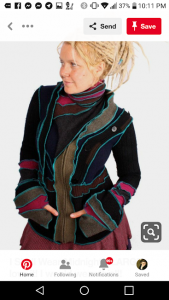


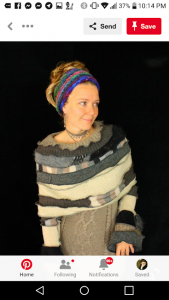

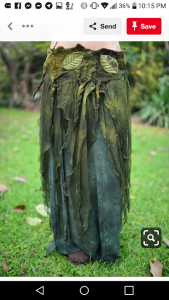

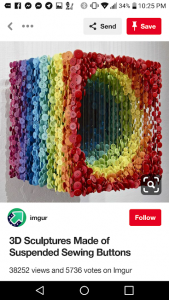

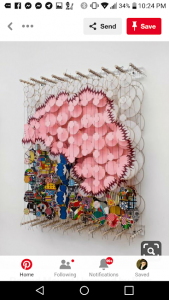
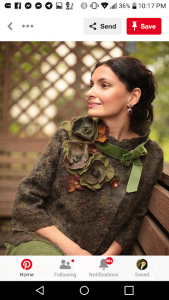


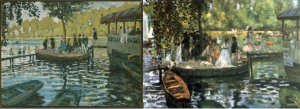
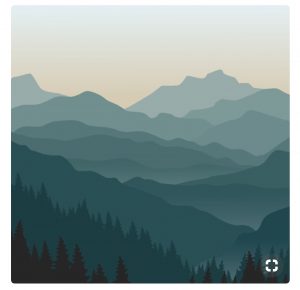
 Teeny Tiny Lines, Marcus, age 3
Teeny Tiny Lines, Marcus, age 3